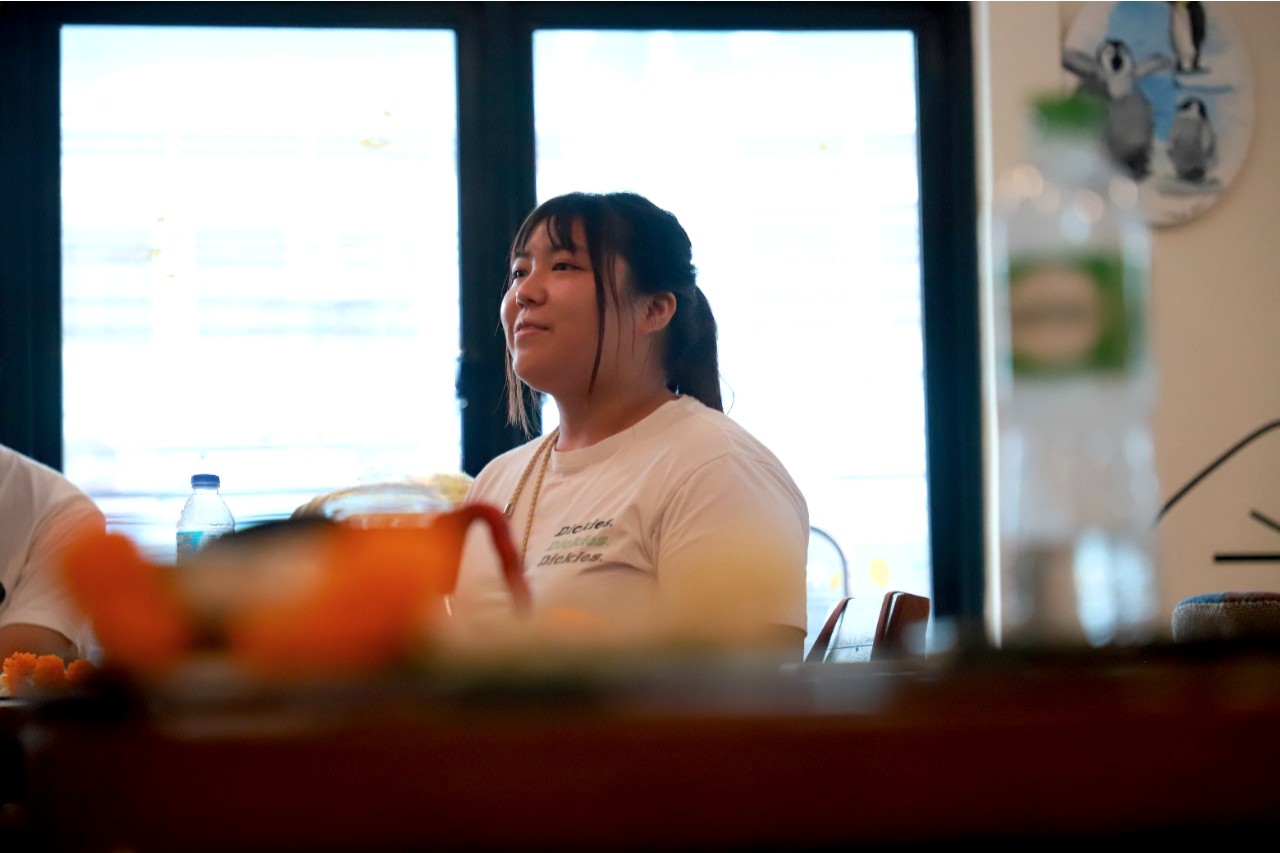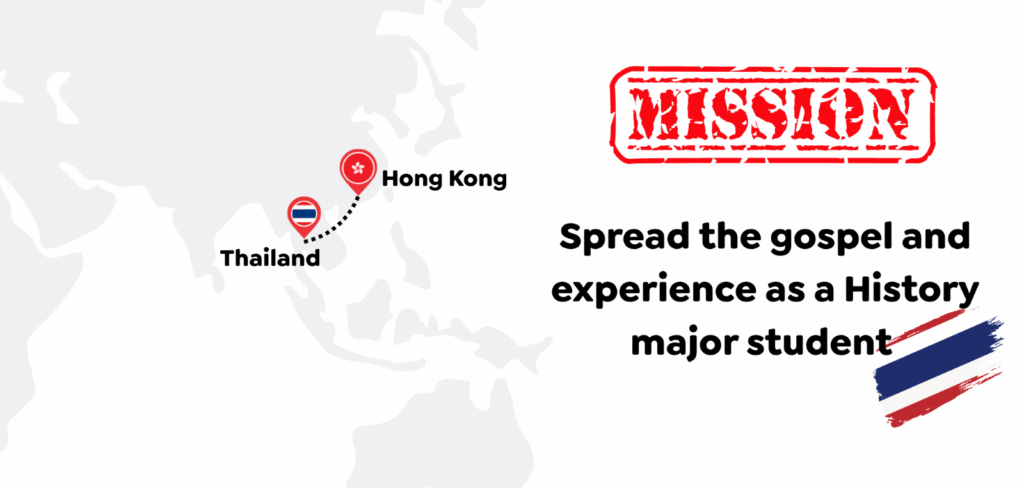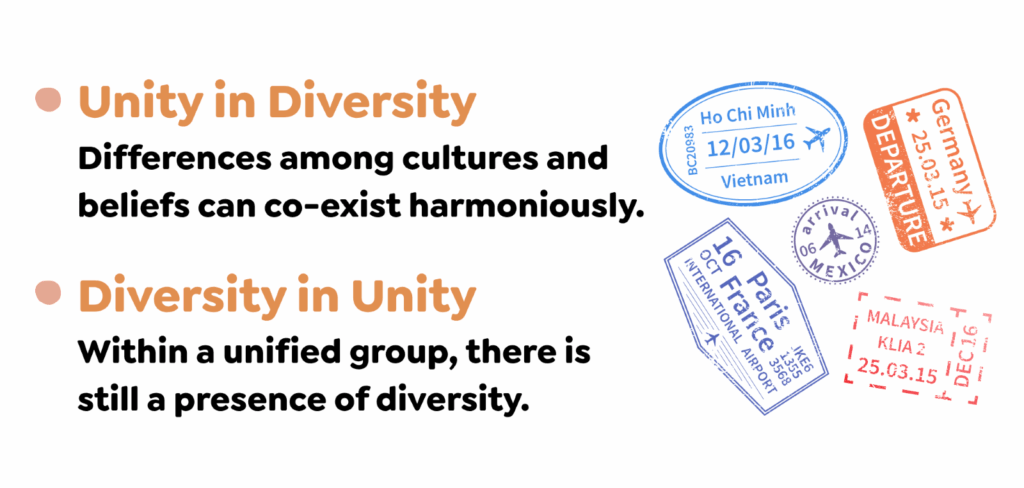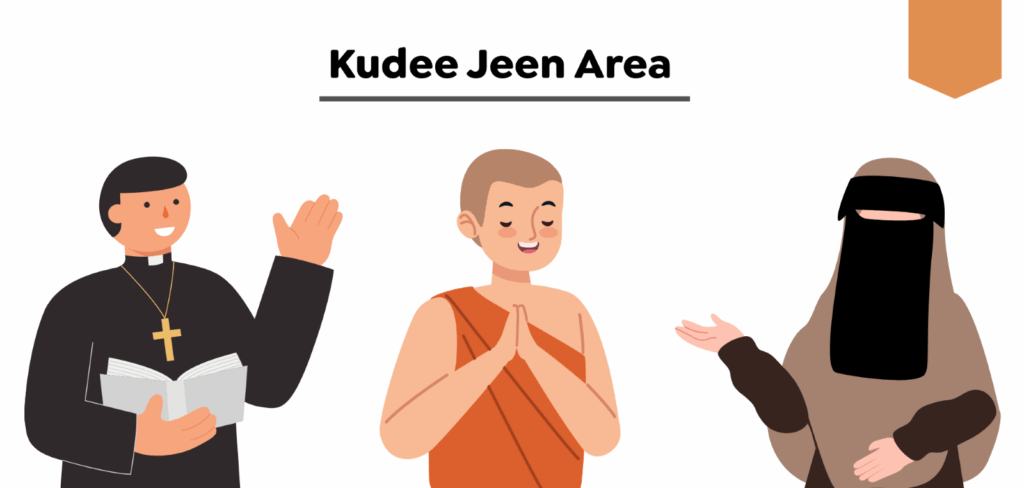
During a research assistant internship with Cultural Infusion, Shadow Tsui shares her personal story of travelling from Hong Kong to Thailand. In this piece, she explores the cultural diversity of Thailand and asks whether today’s rapid technological developments are threatening it.
Roots in Hong Kong, Voyage to Thailand
Experiencing a new form of culture is an unusual opportunity for a citizen of Hong Kong.
Hong Kong was perceived as a ‘cultural desert‘” for many years. People in Hong Kong often lead hectic lifestyles, with little time to explore the different cultures in their hometowns or around the world.
Hong Kong is diverse, though. People enjoy freedom of religion in a multi-religious integration environment and about 20% of the population identifies as Christian. Thailand is only 1.2% Christian while 92.5% of Thais are Buddhists, but it has much broader indigenous cultural diversity than Hong Kong.
As a history major and a Christian, I was encouraged by my church in Hong Kong to embark on a short Christian mission to Thailand, to spread the gospel and experience the multicultural environment. Thailand’s culturally diverse nation is a harmonious society with a population composed of various ethnic groups, including Thai, Khmer, Malay, Bamar, Karen Hmong, and Chinese. Thailand is home to more than 70 languages, including 51 languages indigenous to Thailand. With such a rich background, I’m keen to visit Thailand and explore its amazing cultural environment.

The Unique Position of Thailand
Thailand is situated at the heart of Southeast Asia, and its unique position as an independent nation surrounded by former colonies has shaped a rich interaction of Southeast Asian cultures. For example, Sri Lanka spread Buddhism to Thailand in the cultural exchange in the 13th century. So, that is the reason why Buddhism is the traditional religion in Thailand with a lot of Buddhists.
Bangkok, the Thai capital, is close to the coast, making it a natural trading port that attracted various European countries to establish trading partnerships. Due to the brisk pace of trade, Thailand began to encounter Western culture as early as the 16th century. At that time, different Western missionaries also arrived in Thailand to spread Christianity, contributing to the cultural mix that defines the country today.
The Concept of Unity in Diversity and Diversity in Unity
In my major in history, one of the concepts I learned was ‘unity in diversity and diversity in unity’. ‘Unity in diversity’ means that the differences among cultures and beliefs can co-exist harmoniously, while ‘diversity in unity’ means that presence of diversity exists in a unified group. Under this concept, we can explore and observe the special formation of culture in Thailand.

Unity in Diversity: Kudee Jeen Area
During my short Christian mission journey to Thailand, one of the places I visited was Kudee Jeen. This historic neighbourhood in Bangkok is famous for its religious diversity and multicultural identity.
This area was settled by the Portuguese in the 18th century, who chose this spot due to its location along the Chao Phraya River, which facilitated trade and access to Bangkok. This created trade opportunities, proximity to the ruling power, and a supportive environment for their community. At that time, the Portuguese Catholic clergy also came to establish churches. This aroused conflicts between Buddhists and Catholics. The Catholic missionaries gained significant influence in the royal court, which caused concern among Buddhists who felt their traditions were being undermined. So in 1786, to ensure steady national development and resolve the conflict, the Thai government designated Kudee Jeen as a specific settlement for Catholics.
Later on, the Portuguese settlement attracted various groups, including Chinese Muslims and Thai Buddhists, as the Portuguese didn’t ban their arrival due to Catholic teachings. This openness fostered a diverse community.
In this area, there are three major religious buildings: Bang Luang Mosque (a Muslim temple), Santa Cruz Church (a Catholic church), and Wat Kanlayanamit (a Buddhist temple).

When I walked around this area, I felt peaceful and happy. Although there are different religious buildings, people here share food and joy. The Catholics and Buddhists in the area do not have conflicts like they did in the 18th century; they show respect to each other with a big smile and greeting. You will see a harmonious coexistence of Chinese, Indian, and European people with different beliefs. This is a very precious picture I have never seen in other places, even in Hong Kong!
I believe this is an example of unity in diversity. The people here share the same place to spread their beliefs even though they follow different religions. They get united in preserving Kudee Jeen as a religious area and protecting the cultural diversity in Thailand. It can be seen that religious tolerance and harmony coexist in this area.
Diversity in Unity: Sathorn Church
The next day of my trip, I served at Sathorn Church, at the centre of Bangkok, to hold some games for the local Thai children. I designed some games that related to biblical knowledge. Game time is a lovable and valuable moment to communicate and play with the children. Although the children were very familiar with the biblical knowledge, they put a lot of effort into playing the games. They were willing to learn and know Jesus Christ.
I assumed these children were Christians. However, after game time, the local pastor told us that these children come from different religious backgrounds. The most surprising thing for me was that the children’s parents are mostly Buddhist!
The parents have different motivations for sending their children to the church. For example, some parents need to earn a living and work for a whole day, so they choose church as a free nursery and ask the church members to take care of their children. Another motivation is that Buddhist parents are expected to visit the temple regularly to accumulate blessings for their relatives, and the Sathorn church acts as a common ground for the children.
Diversity in unity can be seen here. The local Thai children have their own needs and backgrounds and receive different cultures from their families. However, when they come to the church, they receive the same cultural values and memories.
In the Sathorn church, I observe that the Thai children are happy and joyful. Despite the diversity of cultures, the church becomes a community for them to share values. So, the collective memory is the union for diverse cultures.
Will Cultural Diversity Disappear?
Throughout the whole Christian mission to Thailand, I deeply appreciated the multicultural environment in Thailand. People show respect to each other, not excluding the minority cultures, maintaining a harmonious relationship in the society. It is no wonder that Thailand ranks high among Asian countries for happiness. This is what I have never experienced before. Although Hong Kong is also culturally diverse, the impulse of people to share and spread their own cultures is less. On the other hand, the local Thai people can experience different cultures all together, which shows cultural integration in Thailand.
However, cultural integration may produce a threat because it can lead to blending and harmonising different cultural perspectives, practices and values within an organisation or community. In other words, diverse cultures will blend, which will lead to loss of uniqueness of different cultures. So, this raises a question: will cultural diversity disappear? If cultural diversity disappears, it might result in a less vibrant, less innovative, and potentially more hostile place.
Indeed, the diverse cultures may become ‘too blended’ by the national development. People may not stick to their own traditional cultures or practices anymore.
From my point of view, the sustainability of culture is determined entirely by humans. In recent years, it is no doubt that technological development has been rapid and the specialness and uniqueness of cultures is declining globally. Unless technology centres cultural diversity it seems likely to add to this decline.
For Thailand, I strongly believe that diverse cultures will remain due to Thailand’s own long-standing attitude towards cultural diversity. From my observation, the Thai people love to share their cultures and talk to each other. This precious personality trait contributes to maintain such a culturally rich environment. So, let’s put trust in such a beautiful country about its special cultural diversity!
Share this Post

